#carlo scarpa
Text

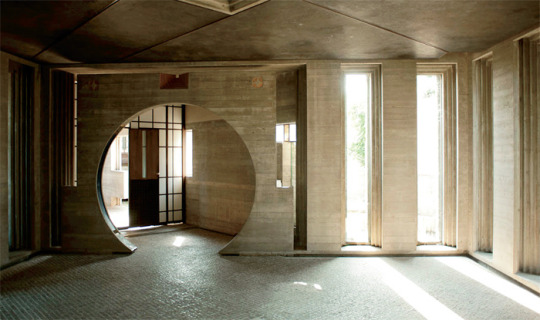


Me watching Dune 2 and recognizing the scenes where the Emperor and his daughter were before going to Arrakis were at the Tomba Brion designed by Carlo Scarpa
#I’ve been there#I saw those crossed circles and was like wait can’t be#then saw the archway which I spent sketching and was like fuck it is#dune#dune part 2#dune part two#carlo scarpa#tomba brion
301 notes
·
View notes
Text

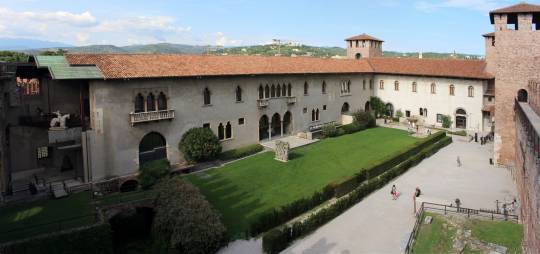





Museo Castelvecchio, Verona, Italy - Carlo Scarpa
-
#Carlo Scarpa#architecture#design#building#modern architecture#modernist architecture#old and new#extension#historical#old building#museum#museum design#courtyard#concrete#stone#stairs#beautiful design#italy#italian architecture
324 notes
·
View notes
Text
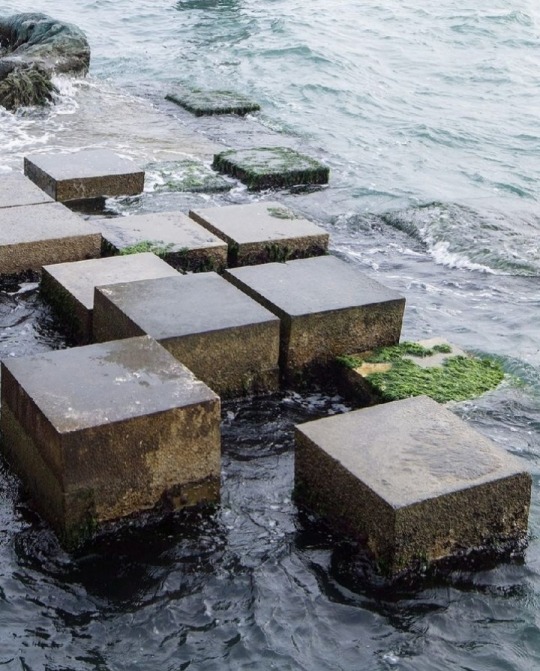
Carlo Scarpa + Augusto Murer Monumento alla partigiana veneta
264 notes
·
View notes
Photo

Banca Popolare (1973-78) in Verona, Italy, by Carlo Scarpa
763 notes
·
View notes
Text
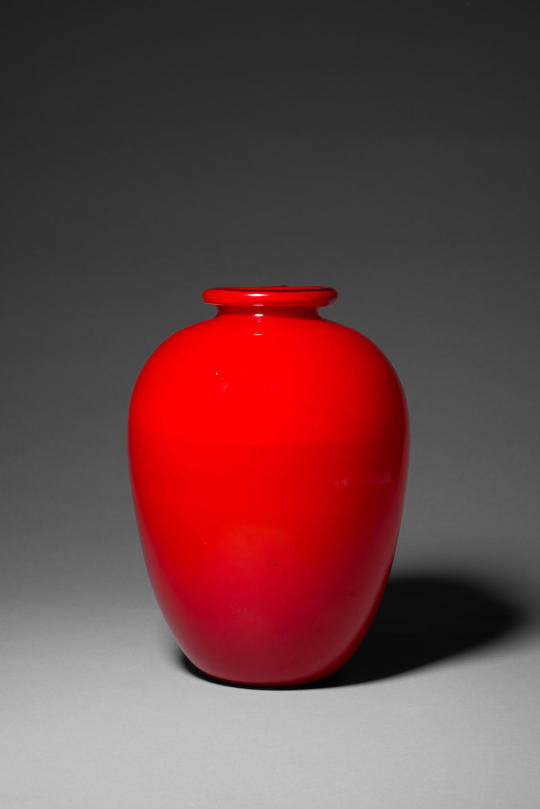
Carlo Scarpa for Venini, 1940. Laccato Vase
298 notes
·
View notes
Text

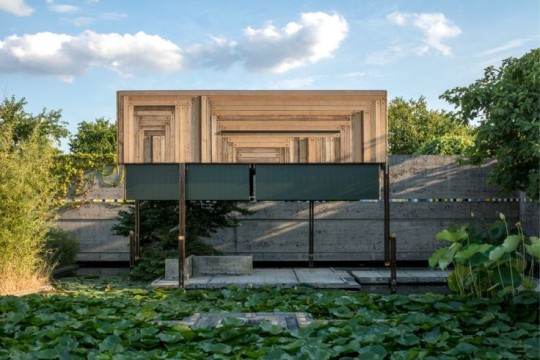






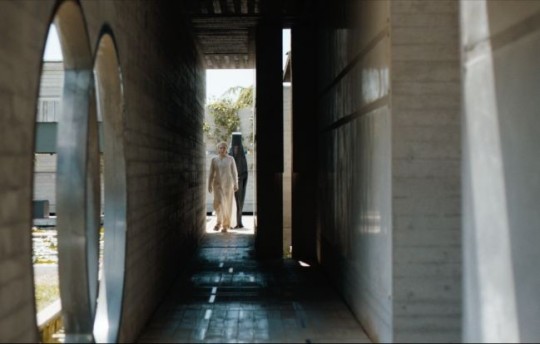
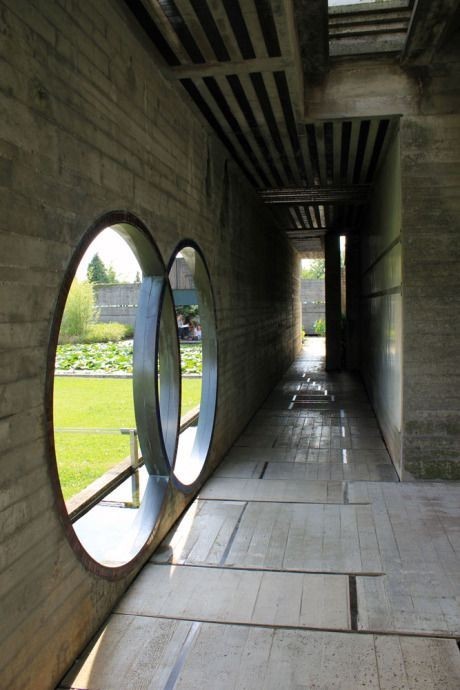
I feel we don't talk enough about the Emperor's palace in Kaitain.
The palace scenes are set at the Brion tomb, also known as the Brion sanctuary, in San Vito d'Altivole near Treviso, Italy.
It was designed by Venetian architect Carlo Scarpa between 1968–1978 for Onorina Brion, widow of Giuseppe Brion, as a sign of love and affection for her husband. That's why the symbolism recalls the concepts related to conjugal love and indissolubility of a loving bond.
Analyzing this aspect of the tomb, I find it particularly interesting that when Irulan talks about Muad'dib with the Reverend Mother, she is passing by a window shaped as a vesica piscis (a recurring feature of Scarpa's work). This symbol consists of two rings, one with its edges covered with blue mosaics and the other with red mosaics, representing the couple's union in marriage. (A foreshadowing?)
At the same time, I feel we have to remember that this place is, in fact, a sanctuary. A sacred place where life and death connect (it also has a private chapel).
The architect himself explained that: “I have tried to put some poetic imagination into it, though not in order to create poetic architecture but to make a certain kind of architecture that could emanate a sense of formal poetry….The place for the dead is a garden...I wanted to show some ways in which you could approach death in a social and civic way; and further what meaning there was in death, in the ephemerality of life”.
Which i find really meaningful knowing that the palace is also the place where house Atreides's doom was carefully planned.
#dune part 2#irulan corrino#princess irulan#house corrino#carlo scarpa#architecture#dune 2#dune movie#Kaitain#emperor shaddam iv
76 notes
·
View notes
Text

Carlo Scarpa, exhibition design of the Sicily's Regional Gallery, Palazzo Abatellis, Palermo, Italy, 1953-1954 ph. Jacopo Famularo
VS
Leonardo Da Vinci, The proportions of the human body according to Vitruvius, 1490
#carlo scarpa#palazzo abatellis#palermo#sicilia#sicily#Galleria Regionale della Sicilia#kalsa#museum#exhibition design#set up design#italian#italy#italian architecture#museologia#museografia#leonardo da vinci#uomo vitruviano#vitruvian man#renaissance#rinascimento#gallerie dell'accademia#venezia#venice#square#circle
57 notes
·
View notes
Text

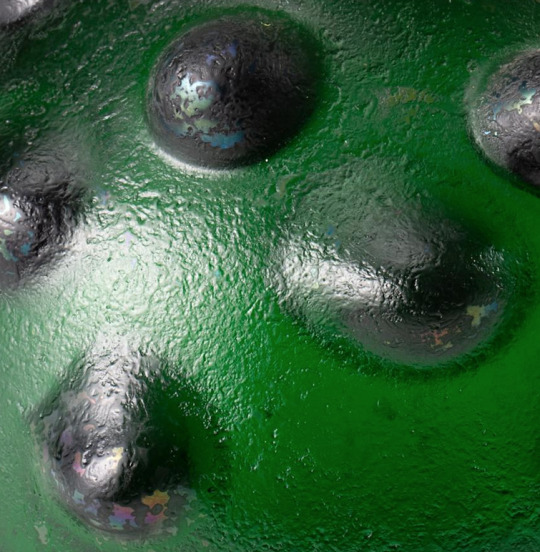
Carlo Scarpa
Vase, model no. 4116, 1936
Hand-blown corrosi glass.
Bonhams
125 notes
·
View notes
Text

Tomba Brion, by Carlo Scarpa (1972).
San Vito d'Altivole (Treviso), Italy.
© Roberto Conte (2022)
76 notes
·
View notes
Text

casa zentner villa (1963) // carlo scarpa
253 notes
·
View notes
Text
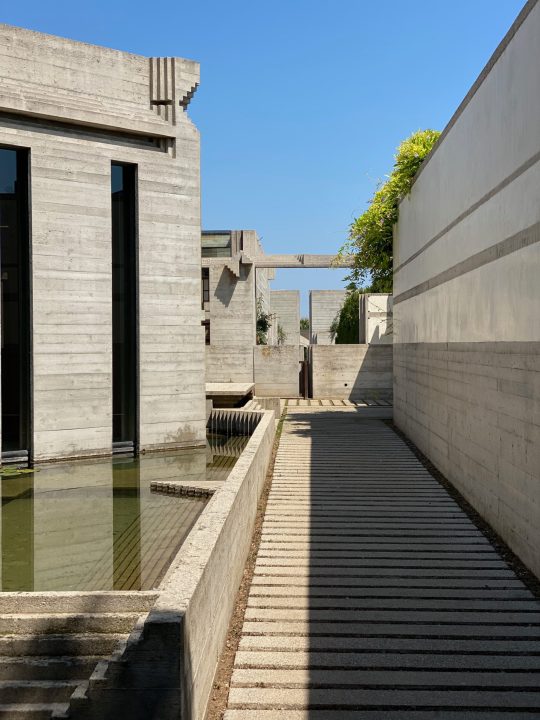
The Brion Tomb and Sanctuary by Carlo Scarpa
41 notes
·
View notes
Text
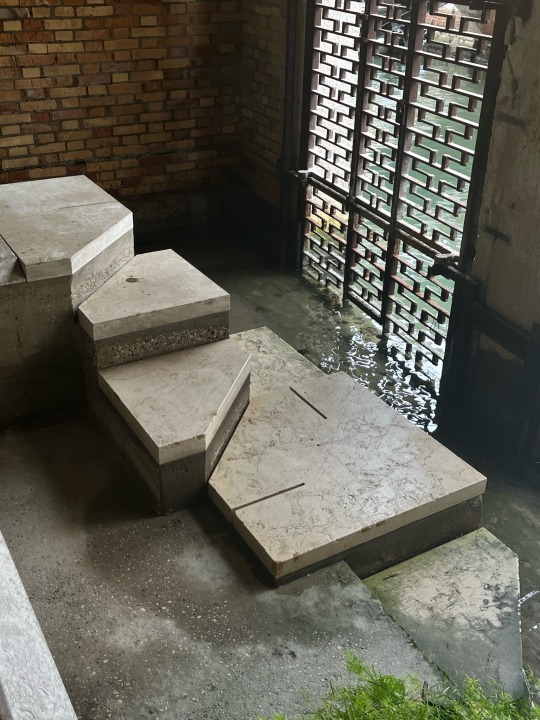
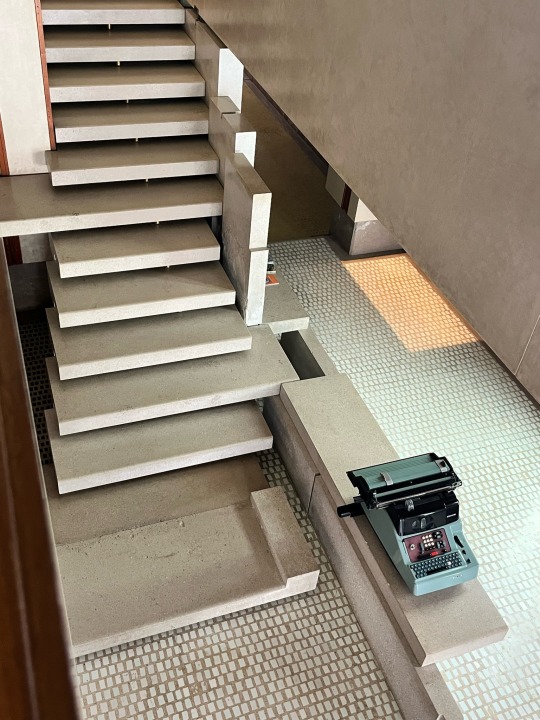
Carlo Scarpa stairs in Venice that i can’t ever miss when i visit:
fondazione Querini Stampalia | negozio Olivetti
#he was my hs archi teacher’s favorite architect so my class was kind of obsessed with him#architecture#architecture studyblr#architecture student#carlo scarpa#olivetti#fondazione querini stampalia#stairs#interiors
62 notes
·
View notes
Photo



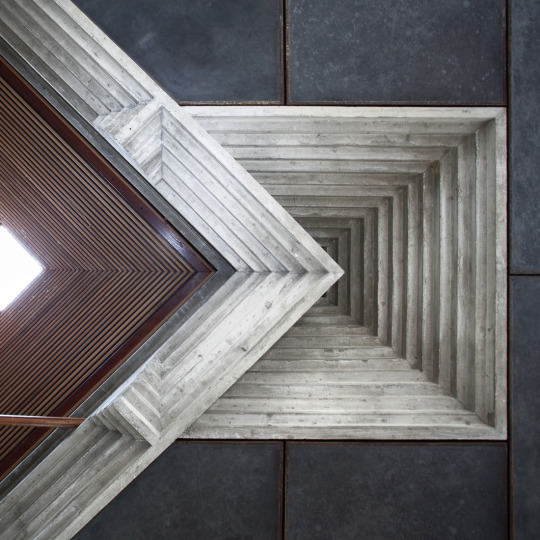
L’amore-secondo-Carlo-Scarpa
79 notes
·
View notes
Text

A Carlo Scarpa Vase Found in a Thrift Store Sells For $107,000 at Auction
When Jessica Vincent, who raises polo ponies on a farm outside Richmond, Virginia, was shopping at a Goodwill store in that city, she likely had no idea she might come upon a rare and perfectly intact glass vase by a renowned Italian designer that would fetch six figures at auction—but that’s exactly what happened.
That vase, the so-called “Pennellate” vase or Model 3664, by famed architect and designer Carlo Scarpa (1906–78) hit the block on December 13 at Wright Auction House, tagged with an estimate of $30,000–$50,000. It sold for $107,100.
“It’s an amazing story, that this very sophisticated piece of glass finds its way to Virginia,” said Richard Wright, founder of the auction house, in a phone interview. “It was expensive, not mass-produced, and it falls through the cracks all the way down to the Goodwill. It’s not even chipped.”
He added: “And this very charming woman who raises polo ponies finds it, and she isn’t sure what she’s found but she’s smart enough to do her research. She finds the Italian glass group on Facebook, and is smart enough not to sell it for the first offer she gets, of $10,000.”
Standing about 13½-inches high, the object dates from about 1947 and is made with pieces of applied opaque and transparent glass that mimic brushstrokes across the glass’s surface (pennellate means brushstroke in Italian). Scarpa designed it for the Italian art glass maker Venini, located on the Venetian island of Murano.
Wright Auction House described the vessel as one of the rarest pieces the house has offered in a decade of auctions, and in fact only one other vase with this exact color combination is known to exist, in what the house calls an established private collection. The vase was included in its “Important Italian Glass” sale, which also offered examples by designers including Ercole Barovier, Tomaso Buzzi, and Dino Martins.

The current auction high for a Scarpa vase is also a Venini piece, a Laccati Neri e Rossi from 1940 that fetched about $309,000 at Christie’s Paris in 2012, soaring past its high estimate of about $64,000, according to the Artnet Auction Price Database.
Trained as an architect and designer, Scarpa is known for his architectural renovations, his glass, and his industrial design. He has come in for a renewed round of attention in recent years, for example in an exhibition organized by contemporary sculptor Carol Bove and pairing her own work with his, at the Henry Moore Institute in Leeds, England and at Museion in Bolzano, Italy.
“Venini Glass by Carlo Scarpa: The Venini Company, 1932-1947” appeared at the Metropolitan Museum of Art in 2013–14. It was while working with Venini, the museum said, that Scarpa “redefined the parameters of glassblowing in terms of aesthetics and technical innovation.” He created two dozen styles of vases, “pioneering techniques, silhouettes and colors that thoroughly modernized the ancient tradition of glassblowing.” In the 1930s and 1940s, their collaborations were on display at venues including the Milan Triennale and the Venice Biennale.
By Brian Boucher.
#Carlo Scarpa#A Carlo Scarpa Vase Found in a Thrift Store Sells For $107000 at Auction#italian designer#glass#vase#'Pennellate' vase#art#artist#art work#art world#art news
26 notes
·
View notes
Text
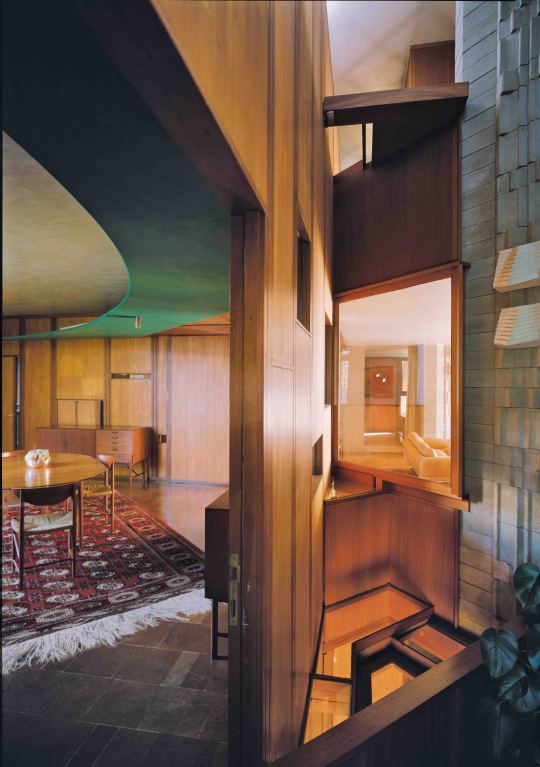
Villa Veritti (1955-61) in Udine, Italy, by Carlo Scarpa
591 notes
·
View notes
